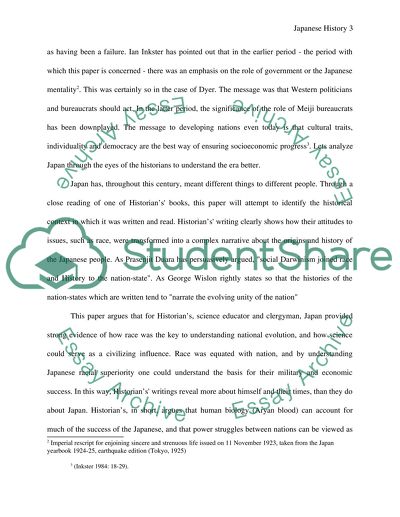Cite this document
(Race and Nation in Japan Term Paper Example | Topics and Well Written Essays - 4468 words, n.d.)
Race and Nation in Japan Term Paper Example | Topics and Well Written Essays - 4468 words. Retrieved from https://studentshare.org/history/1525967-japanese-history-18501930
Race and Nation in Japan Term Paper Example | Topics and Well Written Essays - 4468 words. Retrieved from https://studentshare.org/history/1525967-japanese-history-18501930
(Race and Nation in Japan Term Paper Example | Topics and Well Written Essays - 4468 Words)
Race and Nation in Japan Term Paper Example | Topics and Well Written Essays - 4468 Words. https://studentshare.org/history/1525967-japanese-history-18501930.
Race and Nation in Japan Term Paper Example | Topics and Well Written Essays - 4468 Words. https://studentshare.org/history/1525967-japanese-history-18501930.
“Race and Nation in Japan Term Paper Example | Topics and Well Written Essays - 4468 Words”, n.d. https://studentshare.org/history/1525967-japanese-history-18501930.


